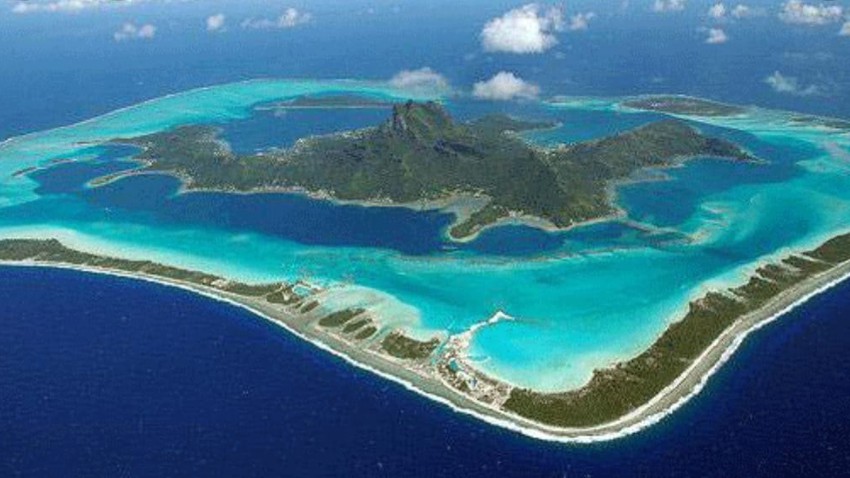Jazan, formerly al-Tihamah, is a town and port in southwest Saudi Arabia, on the Red Sea, opposite the Farasan Islands.
Jazan is a region rich in culture, and history and placed on an ancient caravan route. The history of the region is greatly influenced by its location on the coast of the Red Sea.
Jazan is strategically located near the maritime strait of Bab al-Mandeb. For this reason, empires and kingdoms of each era have had a great interest in the region.
The roots of ancient Kingdoms such as the Nubian, Egyptian, Roman, and Persian kingdoms can be traced back to this region.
It’s believed that the Phoenician King Hiram conducted trade in the area during the 10th century BCE. As an ancient site, large quantities of ceramics and pottery pieces were discovered in the archeological site of Al- Sihi, 40 kilometers from the Saudi-Yemeni border and 70 kilometers south of Jazan. The site was dated to the second millennium BCE, and allocated to the Neolithic period proving furthermore the role the region took part in the traveling route.
The Romans expanded maritime trade through the Red Sea and this region played a crucial part in sustaining the massive Roman legions. The Romans utilized the Farasan Islands to secure their trade ships’ safe passage; their inscriptions remain to this day on a monument on the Al Kabir island.
In the 1st century AD, the islands were known as Portus Ferresanus. A Latin inscription from 144 AD was found on the island. which attests to the construction of a Roman garrison. If this were correct, it would make the Farasan Islands the furthest Roman outpost, being nearly 4000km from Rome itself.
The Jizan province became part of the Muslim Empire in the 7th century CE.
The Ottomans during their conquests of the Arabian Peninsula in the 16th century built two forts in Jazan. The most famous and visited tourist museum is the Al Dosariyah Castle, located in the city of Jazan’s highest peak, overlooking the Red Sea, which served as the seat of the Turkish governor in Jazan.
The castle was used as a fortress throughout several historical eras.
Sheikh Abdullah Al-Qar’awi turned the monument into a place dedicated to teaching, studying, and disseminating knowledge among the region’s students.
On the Red Sea, facing the coast of Jazan, are the Farasan Islands: an archipelago of over 170 islands. Situated around 40 kilometers from the city of Jizan, these islands are known for their pristine beaches, luminous water, stunning underwater beauty, and dazzling coral reefs.
The islands are known for historical sites, too.
One of those sites is the stunning Beit Al Rifai, a historic house built with coral stones and arabesque-like patterns, which was once home to a known pearl trader in the early 20th century, Ahmed Munawar Al Rifai, who built his house in 1922 during the height of pearl trading on the island.
Stunning, intricate, and fascinating all at once, the house was specially constructed using local materials except for stained glass and ceiling timber imported from outside the Kingdom.
The interior design, featuring engraved and stucco decorations, is similar to that found in India and Yemen. The arch gateway is beautifully crafted with geometric shapes and carvings and Qur’anic verses are written on the top of the façade.
Jazan is reputed as one of the most promising regions in Saudi Arabia due to its great potential as a tourism destination.


